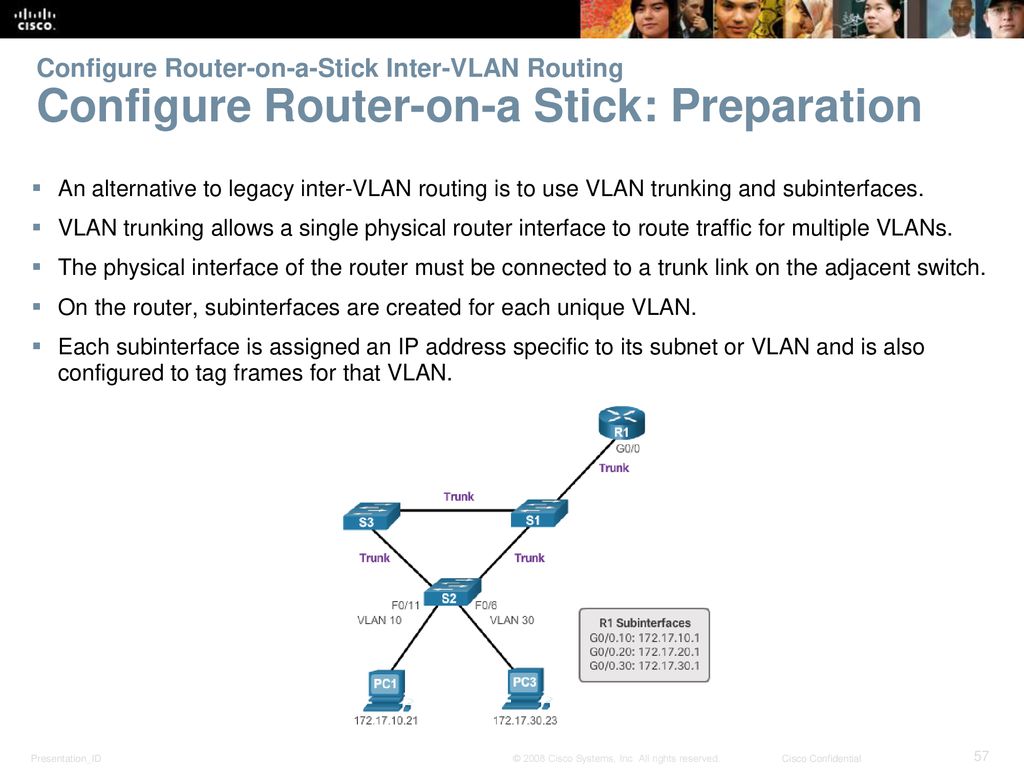
Create VLANs Core#conf tĮnter configuration commands, one per line. I will create the VLANs on Core switch and configure it as VTP server so that it can propagate these VLANs to other switches. PowerShell Alternative of Telnet CommandĪccording to above sample network, we need to create 3 VLANs with the names Sales, HR and Management.SharePoint 2013 Deployment on Three-tier Farm.Creating Custom Attributes In Active Directory.Flexible Single Master Operations Roles.Active Directory in Windows Server 2012.Active Directory Sites and Organizational Units.Active Directory Forest and Domain Design.In the Router on the stick method, both switch and router are needed but while using layer 3 switches, a single switch will perform inter-VLAN routing as well as the layer 2 functions (Vlan), therefore this method is cost-effective and also less configuration is needed. As the destination is present in other networks, the packet will be first delivered to the switch which has an SVI for both VLANs (acts as gateway). The packet is first delivered to switch then to the destination.

Now creating SVI for VLAN 2 giving it IP address 192.168.1.1/24 and SVI for VLAN 3 giving IP address 192.168.2.1/24 Now creating VLANs on layer 3 switches namely VLAN 2 on the switch ports fa0/1, 2 and fa0/3, 4 for VLAN 3. The hosts PC1, PC2 will be in Vlan 10, and PC3, PC4 will be in Vlan 20. Here is a topology in which we have a layer 3 switch connected to host devices namely PC1, PC2, PC3, PC4. If the packet is to be delivered to different VLANs i.e inter VLAN Routing is to be performed on the layer 3 switch then first the packet is delivered to the layer 3 switch and then to the destination just like in the process of the router on a stick. The SVI created for the respective VLAN acts as a default gateway for that VLAN just like the sub-interface of the router (in the process of Router On a stick). Process of Inter Vlan Routing by Layer 3 Switch – SVI on layer 3 switch provides both management and routing services while SVI on layer 2 switch provides only management services like creating VLANs or telnet/SSH services. SVI is a logical interface on a multilayer switch that provides layer 3 processing for packets to all switch ports associated with that VLAN.


Introduction of MAC Address in Computer Network.ISRO CS Syllabus for Scientist/Engineer Exam.ISRO CS Original Papers and Official Keys.GATE CS Original Papers and Official Keys.


 0 kommentar(er)
0 kommentar(er)
